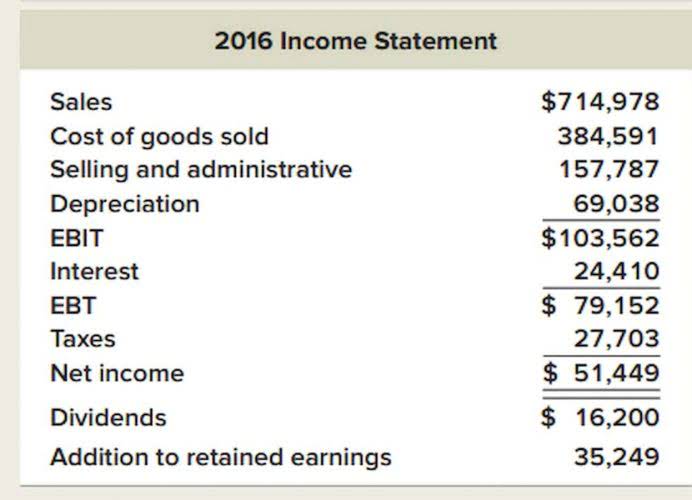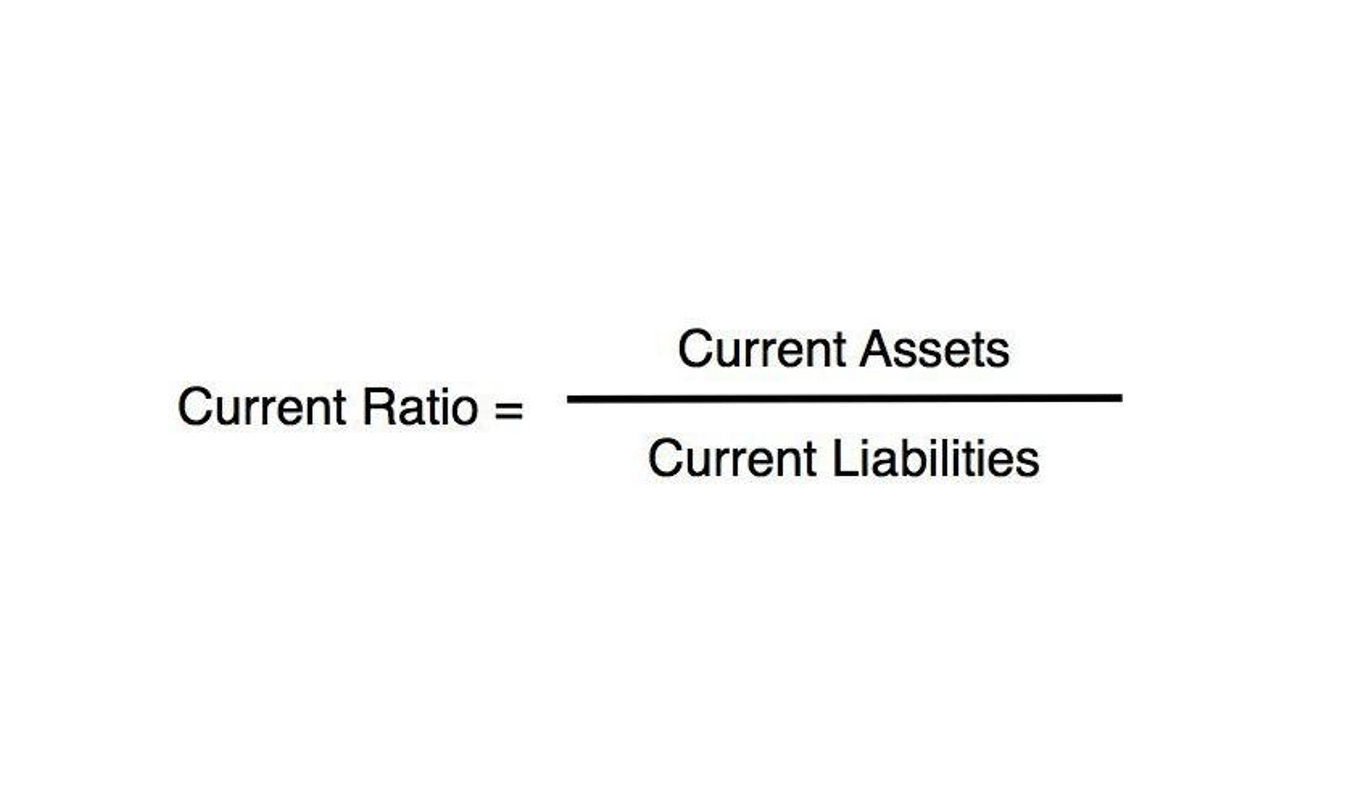
Like a company’s outstanding shares, a company’s float also changes on a consistent basis. A company’s shares outstanding are the total number of shares issued by a company. They are actively held by stockholders—both outside investors and corporate insiders, such as the company’s management team and other employees.
Authorized Shares vs. Shares Outstanding

The life of common stock goes through a few phases, and understanding each step is important for putting the common-stock-outstanding number into proper perspective. Investors use this data to calculate financial ratios, assess ownership structures, and make informed investment decisions. Factors like stock buybacks or issuance of new shares can alter the number of outstanding shares.
![]()
Thanks to the SEC, common stock outstanding is straightforward to calculate
This value changes depending on whether the company wishes to repurchase shares from the market or sell out more of its authorized shares from within its treasury. Shares outstanding include shares owned by retail and institutional investors and restricted shares held by company officials and employees. Changes in the composition of the holdings do not change the number of total shares outstanding. shares outstanding calculation New share issues, the exercise of stock options, conversion, and cancellations through buybacks will change the figure. Knowing the number of outstanding shares a company has issued, as well as the types of shares, is all part of making smart investment decisions. Determining a company’s market capitalization and earnings per share are critical components of smart investors’ analysis process.
How Do Stock Buybacks Influence Shares Outstanding?

Market capitalization is calculated by multiplying the company’s share price by its shares outstanding. Shares outstanding are used to determine a company’s market capitalization, i.e. the total value of a company’s equity, or equity value. The number of outstanding or issued shares is always equal to or less than the total number of authorized shares. Companies often intentionally keep these two figures different so that they have the flexibility to sell more shares in the future should they have financing needs. A secondary stock market offering can increase the number of outstanding shares, as can the payment of employee stock options (ESOs).
Changes in the number of outstanding shares can affect the stock price by altering supply and demand dynamics. Conversely, a reverse stock split reduces the number of outstanding shares. Companies typically use reverse splits to increase their share price to meet minimum exchange listing requirements. Although this decreases liquidity due to fewer shares, it can deter short sellers by making it harder to borrow shares for short selling. Issued shares refer to those shares issued by the company over time — yet, unlike outstanding shares, the number of issued shares includes shares repurchased by the company and held as treasury stock. Because the difference between the number of authorized and outstanding shares can be so large, it’s important to realize what they are and which figures the company is using.
- Floating shares indicate the number of shares actually available for trading.
- These instruments include stock options, stock warrants, and convertible debt.
- Understanding stock market terminology allows investors to make appropriate, intelligent, investment-related decisions.
- Floating stock, which is also known as a company’s float, refers to the number of shares a company actually has available to trade in the open market.
- Company A might post a loss in the first quarter, and report a diluted share count of 100 million — but post a profit for the year, with a diluted share count more than twice as high.
- When you buy stock in a company, you are buying an ownership stake, which is issued as a share of stock.
It excludes closely held shares, which are stock shares held by company insiders or controlling investors. These types of investors typically include officers, directors, and company foundations. The purpose of the repurchase can also be to eliminate the shareholder dilution that will occur from future ESOs or equity grants. A company may announce a stock split to increase the affordability of its shares and grow the number of investors. For instance, a 2-for-1 stock split reduces the price of the stock by 50%, but also increases the number of shares outstanding by 2x.
- Once you’ve located the company’s balance sheet, find the line item for preferred stock.
- An increase can dilute the value of existing shares, affecting earnings per share (EPS) and potentially impacting stock prices.
- If there are 100 shares outstanding and you buy one, you own 1% of the company’s equity.
- To achieve a proper and fair view of the changes in the number of shares and for the calculation of EPS, the method of weighted average shares outstanding is used.
- Total outstanding shares decrease if there is a reverse stock split or when a company buys back outstanding shares of its own stock.
- By granting stock to employees, the companies are increasing the number of shares outstanding, which causes dilution and needs to be factored into the financial analysis.
Everything You Need To Master Financial Modeling
And so in theory (and often in practice), highly-shorted stocks with a low float present ripe conditions for a so-called “short squeeze”. In the end, as the number of outstanding shares decreases by 1,000, the company’s EPS increases by 6.89%. It also offered 3,000 https://www.bookstime.com/articles/what-is-a-transposition-error shares to each of the two managing directors and has 5,600 treasury shares. The shares available to investors on the open market are commonly called the float. In general, stocks with low floats will experience more volatility than those with large floats.

How to Calculate Outstanding Shares
- Investors should have a strong grasp of these and other underlying financial and corporate accounting terms so that they may properly size up a company’s financial stability and performance.
- Outstanding shares include all held by investors, while float excludes restricted shares.
- Shares outstanding are the stock that is held by a company’s shareholders on the open market.
- When companies experience a period with a loss or negative EPS, they will not include dilutive securities in the calculation of EPS, as they would have an anti-dilutive effect.
- For instance, a 2-for-1 stock split reduces the price of the stock by 50%, but also increases the number of shares outstanding by 2x.
- Lockups aside, long-standing investors such as founders or venture capital backers may have their own restrictions on selling, or may have signaled that they have no intent to do so.
Simply using the number of shares outstanding at the end of the reporting period might give a distorted picture of the company. Imagine a situation where the company exercises a share buyback at the end of the year. If that figure is taken and used to calculate EPS, then the EPS would be much higher and it would eventually amount to polishing the financial figures. The seven billion floating shares are the shares considered for the free float, market capitalization index weightings. That’s because the vast majority of its shares are available to the general investing public. Investors may find it useful to compare a company’s floating stock to its outstanding shares when they’re making investment decisions.
